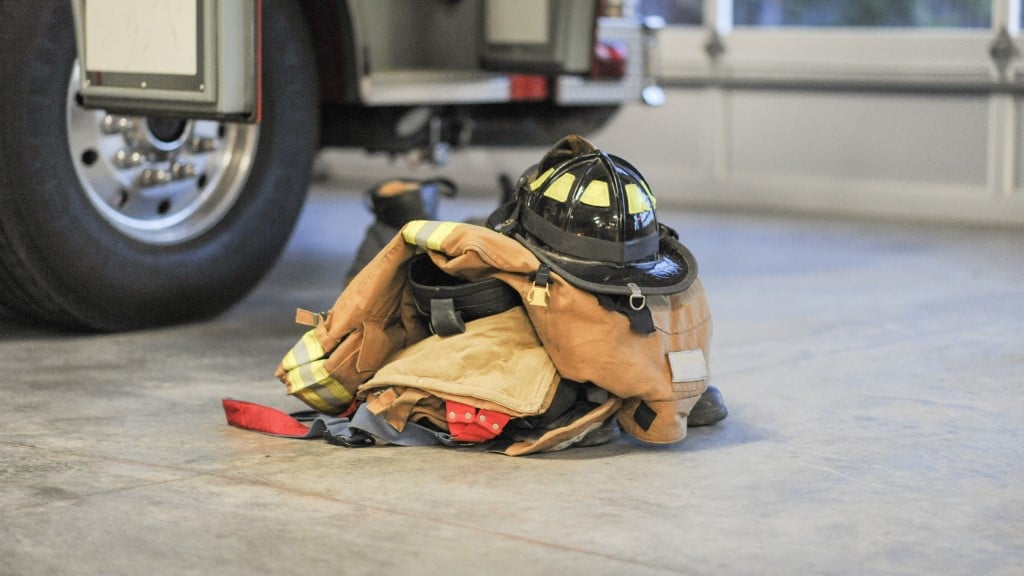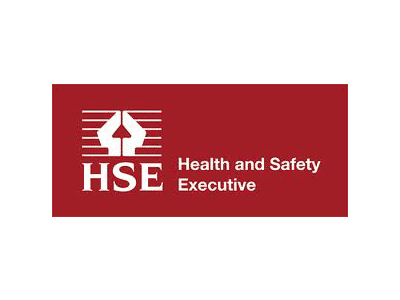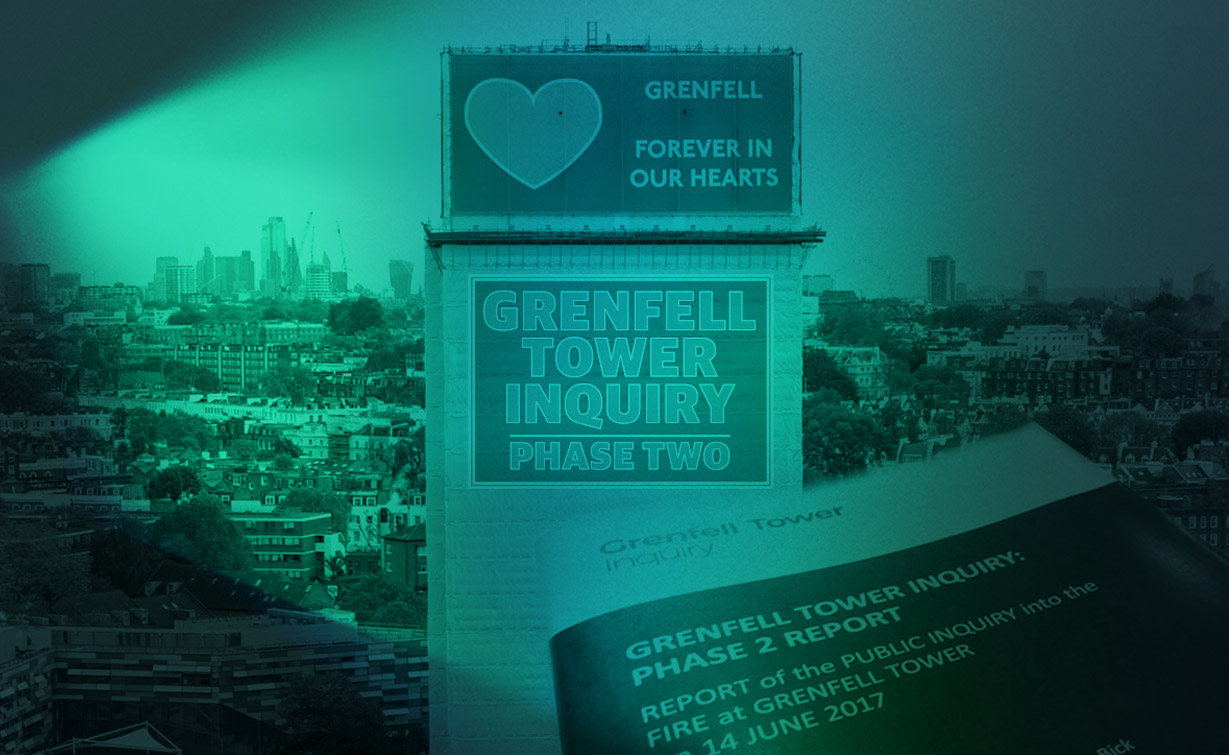June 7, 2022
Background
These regulations have been introduced [under Article 24 of the Regulatory Reform (Fire Safety) Order 2005] to implement the majority of the recommendations made to government in the Grenfell Tower Inquiry Phase 1 report which require a change in the law.
These regulations will make it a requirement in law for responsible persons (building owners or managers) of high-rise blocks of flats to provide information to Fire and Rescue Services to assist them to plan and, if needed, provide an effective operational response. Also, the regulations will require responsible persons in multi-occupied residential buildings which are high-rise buildings (18 metres or at least seven storeys), as well as those above 11 metres in height (or four storeys), to provide additional safety measures. In all multi-occupied residential buildings, the regulations require responsible persons to provide residents with fire safety instructions and information on the importance of fire doors. The regulations apply to existing buildings, and requirements for new buildings may be different.
The new regulations will come into force on 23rd January 2023.
New Requirements
In high-rise residential buildings, responsible persons will be required to:
- Building Plans: provide their local Fire and Rescue Service with up-to-date electronic building floor plans and to place a hard copy of these plans, alongside a single page building plan which identifies key firefighting equipment, in a secure information box on site.
- External Wall Systems: provide to their local Fire and Rescue Service information about the design and materials of a high-rise building’s external wall system and to inform the Fire and Rescue Service of any material changes to these walls. Also, they will be required to provide information in relation to the level of risk that the design and materials of the external wall structure gives rise to and any mitigating steps taken.
- Lifts and other Key Fire-Fighting Equipment: undertake monthly checks on the operation of lifts intended for use by firefighters, and evacuation lifts in their building and check the functionality of other key pieces of firefighting equipment. They will also be required to report any defective lifts or equipment to their local Fire and Rescue Service as soon as possible after detection if the fault cannot be fixed within 24 hours, and to record the outcome of checks and make them available to residents.
- Information Boxes: install and maintain a secure information box in their building. This box must contain the name and contact details of the Responsible Person and hard copies of the building floor plans.
- Wayfinding Signage: to install signage visible in low light or smoky conditions that identifies flat and floor numbers in the stairwells of relevant buildings.
In residential buildings with storeys over 11 metres in height, responsible persons will be required to:
- Fire Doors: undertake annual checks of flat entrance doors and quarterly checks of all fire doors in the common parts.
In all multi-occupied residential buildings with two or more sets of domestic premises, responsible persons will be required to:
- Fire Safety Instructions: provide relevant fire safety instructions to their residents, which will include instructions on how to report a fire and any other instruction which sets out what a resident must do once a fire has occurred, based on the evacuation strategy for the building.
- Fire Door Information: provide residents with information relating to the importance of fire doors in fire safety.
William Martin Compliance’s Fire Risk Assessment Approach
We have completed a thorough review of our current approach to conducting Fire Risk Assessments within multi-occupied residential buildings in light of the above requirements and have included these in our assessment control standards and audit questions. We have included these new requirements in our fire risk assessment template reports now to satisfy the government’s guidance of not waiting until January 2023 to introduce these additional control measures.
Where our consultants identify any of these new requirements and include them as actions within our fire risk assessment reports, we will assign a P3 priority rating which will allow clients 6 months before any compliance measurement is impacted.
William Martin Compliance’s Meridian Fire Module
In addition to the changes in our fire risk assessment report templates detailed above, we are also capturing more granular building information particularly in relation to facades, which will be capable of being analysed and reported on via our Meridian platform.
Furthermore, we will shortly be introducing new Fire Risk Assessment Prioritisation functionality in our Meridian Fire Module which will include a series of weighted questions about buildings which will then produce a priority rating, in order to assist clients in prioritising the review of the fire risk assessments for buildings, including the external walls.
Contact
At William Martin we have a nationwide team of experts who offer a comprehensive range of health and safety compliance services. As part of the wider Marlowe Group, William Martin also has access to a wider range of complementary compliance services.
For all enquiries, please contact us or call our team on 0203 819 8829.
Click to download the Briefing Note Fire Safety (Eng) Regs 2022.





